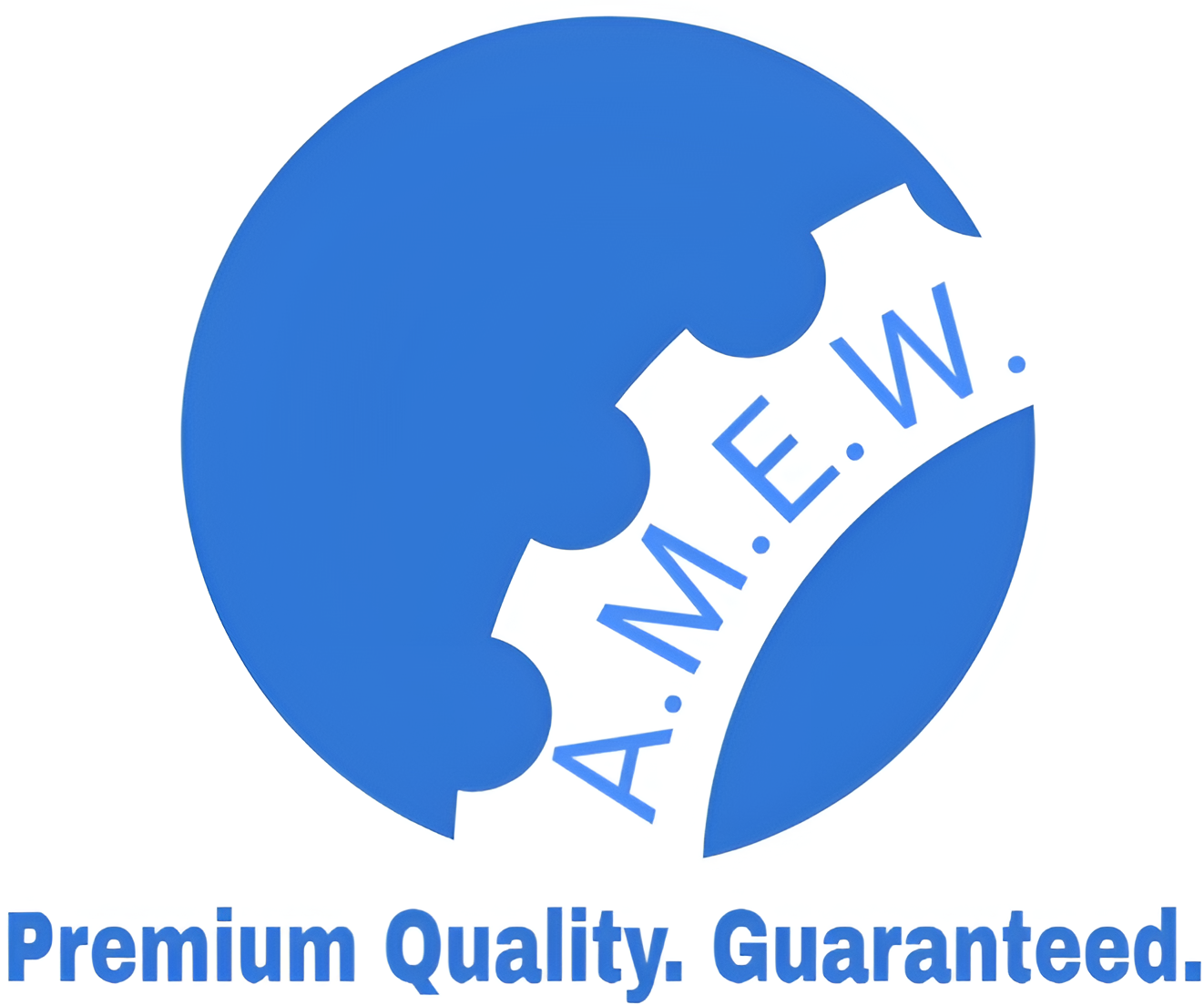Description
RQT701 Steel: Overview and Applications
Table of Contents
- Introduction to RQT701 Steel
- Chemical Composition
- Mechanical Properties
- Applications of RQT701 Steel
- Comparison with Other Steel Grades
- Manufacturing and Fabrication
- Advantages and Disadvantages
- Conclusion
1. Introduction to RQT701 Steel
RQT701 is a high-strength low-alloy structural steel designed for applications that require exceptional strength and lightweight characteristics. With excellent weldability and bending properties, RQT701 is favored by engineers and designers looking to optimize the performance and efficiency of their structures. This steel grade is particularly valuable in industries where reducing weight without compromising structural integrity is essential.
2. Chemical Composition
The chemical composition of RQT701 is carefully balanced to enhance its mechanical properties, typically including:
| Element | Typical Composition |
|---|---|
| Carbon (C) | ≤ 0.20% |
| Manganese (Mn) | 1.0% – 1.5% |
| Silicon (Si) | ≤ 0.50% |
| Chromium (Cr) | 0.3% – 0.6% |
| Nickel (Ni) | 0.3% – 0.6% |
| Molybdenum (Mo) | ≤ 0.10% |
| Phosphorus (P) | ≤ 0.04% |
| Sulfur (S) | ≤ 0.01% |
| Iron (Fe) | Balance |
This composition enhances the steel’s strength, toughness, and workability, making it suitable for high-demand applications.
3. Mechanical Properties
RQT701 boasts impressive mechanical properties that contribute to its reliability in various structural applications:
| Property | Value |
|---|---|
| Yield Strength | 700 MPa |
| Tensile Strength | 750 – 850 MPa |
| Elongation (min) | 12% – 18% |
| Impact Toughness | ≥ 27 J at -20°C |
| Hardness | Typically ≤ 230 HBW |
These properties ensure that RQT701 can endure substantial loads and stresses, maintaining performance in dynamic environments.
4. Applications of RQT701 Steel
RQT701 is widely utilized across several industries due to its strength and lightweight properties. Typical applications include:
- Mining and Quarrying: Ideal for heavy machinery and equipment that operates under extreme conditions.
- Yellow Goods: Commonly used in the manufacture of construction equipment, such as bulldozers and excavators.
- Structural Components: Perfect for beams and columns in various construction projects.
- Offshore Applications: Used in the fabrication of structures and equipment in marine environments.
- Oil & Gas Industry: Essential for pipelines, platforms, and other critical infrastructure.
- Energy Sector: Suitable for wind turbines and other renewable energy structures.
- Material Handling: Employed in the production of cranes and other handling equipment.
- Sports Stadia: Utilized in the construction of large-scale sporting venues requiring strong and durable materials.
The versatility of RQT701 highlights its importance in modern engineering and construction.
5. Comparison with Other Steel Grades
When comparing RQT701 with other steel grades, its exceptional mechanical properties and applications become clear:
| Steel Type | Yield Strength (MPa) | Applications |
|---|---|---|
| RQT701 | 700 | Heavy construction, mining, offshore |
| S690QL | 690 | High-strength applications |
| S355J2 | 355 | General construction and engineering |
| S460NL | 460 | Structural components |
RQT701 stands out for its performance in demanding environments, allowing for innovative and efficient design solutions.
6. Manufacturing and Fabrication
The manufacturing process for RQT701 generally involves hot rolling, which enhances its mechanical properties and allows for various fabrication techniques. Its good weldability enables the use of standard welding processes, making it suitable for complex designs and large-scale projects. Careful attention to heat treatment can further enhance its performance characteristics.
7. Advantages and Disadvantages
Advantages
- High Strength and Versatility: Ideal for a variety of demanding applications.
- Excellent Weldability: Facilitates straightforward fabrication and assembly.
- Lightweight: Reduces overall structure weight without sacrificing strength.
Disadvantages
- Cost: May be more expensive than standard structural steels due to alloying elements.
- Welding Considerations: Requires careful handling during welding to maintain integrity and avoid issues.






